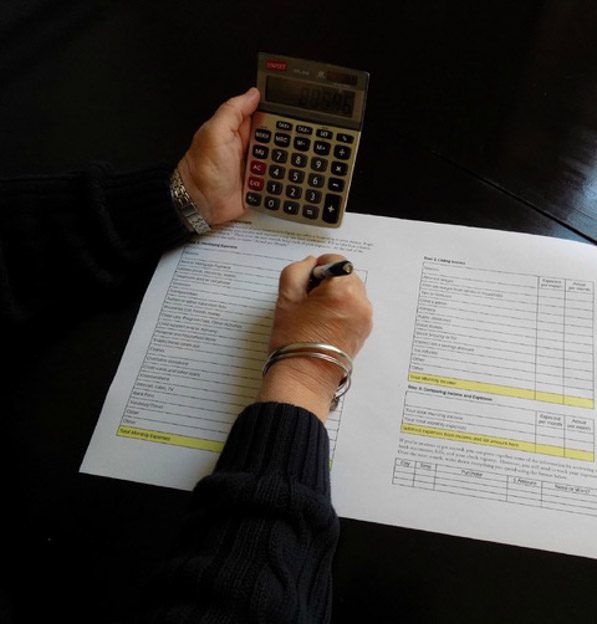To receive the child tax credit, you must
determine if your child is eligible. There are seven qualifying tests to consider: age, relationship, support, dependent
status, citizenship, length of residency, and family income. You and/or your child must pass all seven to claim this tax
credit.
How to determine who qualifies for the tax credit

Here’s how to determine which of your kids will qualify you for the credit:
- Age test
To qualify, a child must have been under age 17 (i.e., 16 years old or younger) at the end of the tax year
for which you claim the credit. - Relationship test
The child must be your own child, a stepchild, or a foster child placed with you by a court or authorized
agency. An adopted child is always treated as your own child. (“An adopted child” includes a child lawfully
placed with you for legal adoption, even if that adoption is not final by the end of the tax year.)You can also
claim your brother or sister, stepbrother, stepsister. And you can claim descendants of any of these qualifying
people—such as your nieces, nephews, and grandchildren—if they meet all the other tests. - Support test
To qualify, the child cannot have provided more than half of his or her own financial support during the
tax year. - Dependent test
You must claim
the child as a dependent on your tax return. Bear in mind that in order for you to claim a child as a
dependent, he or she must: 1) be your child (or adoptive or foster child), sibling, niece, nephew or grandchild;
2) be under age 19, or under age 24 and a full-time student for at least five months of the year; or be
permanently disabled, regardless of age; 3) have lived with you for more than half the year; and 4) have
provided no more than half his or her own support for the year. - Citizenship test
The child must be a U.S. citizen, a U.S. national or a U.S. resident alien. (For tax purposes, the term
“U.S. national” refers to individuals who were born in American Samoa or in the Commonwealth of the Northern
Mariana Islands.) - Residence test
The child must have lived with you for more than half of the tax year for which you claim the credit. There
are important exceptions, however: A child who was born (or died) during the tax year is considered to have
lived with you for the entire year. Temporary absences by you or the child for special circumstances, such as
school, vacation, business, medical care, military services or detention in a juvenile facility, are counted as
time the child lived with you. (There are also some exceptions to the residency test for children of divorced or
separated parents. For details, see the instructions for Form
1040, lines 51 and 6c, or Form
1040A, lines 33 and 6c.) - Family income test
The child tax credit is reduced if your modified
adjusted gross income (MAGI) is above certain amounts, which are determined by your tax-filing status.
In 2018, the phase out threshold is $55,000 for married couples filing separately; $75,000 for single, head of
household, and qualifying widow or widower filers; and $110,000 for married couples filing jointly. For each
$1,000 of income above the threshold, your available child tax credit is reduced by $50. Beginning in 2018,
the phaseout of the credit begins with $200,000 in income ($400,000 for married filing jointly).
What if the credit exceeds my tax liability?

For tax years prior to 2018:
The Child Tax Credit is nonrefundable; if your credit exceeds your tax liability, your tax bill is reduced to zero and
any remaining unused credit is lost. However, you may be able to claim a refundable Additional Child Tax Credit for the
unused balance. You can find out if you’re eligible for this refundable credit by completing the worksheet in IRS Form
8812.
For tax years after 2017:
The new Child Tax Credit is worth up to $2,000 per qualifying child with a refundable amount of up to $1,400 per
qualifying child. The phaseout for the credit begins at $200,000 ($400,000 for joint
filers).
